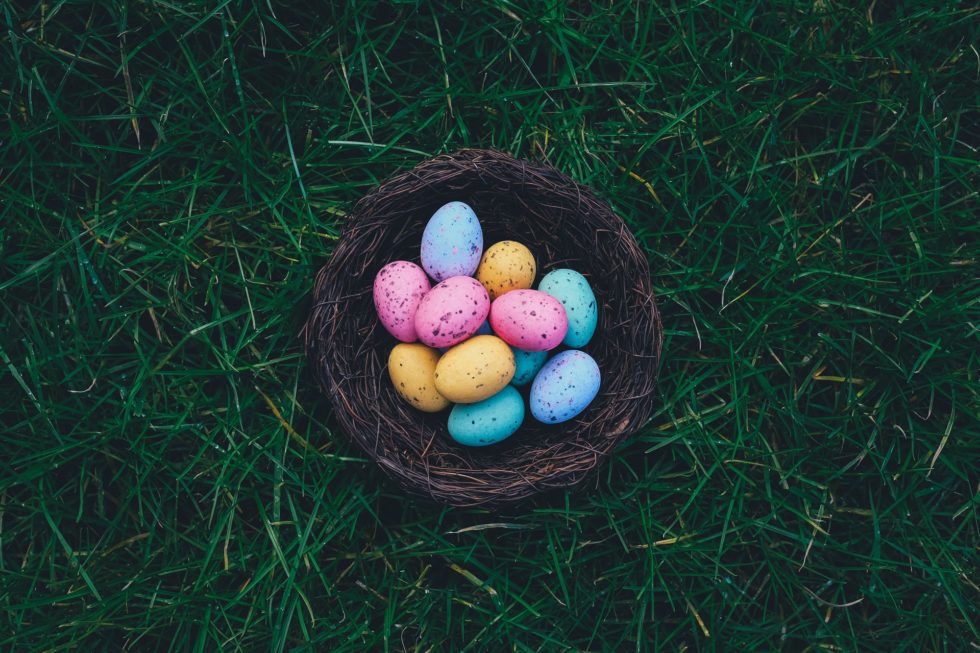
Ostara – Spring Equinox Rituals and Traditions
Spring is here! The birds seem to start singing earlier and earlier (RIP, sleep). Flower bulbs start poking their heads up out of the soil, and animals seem to be coming back to life after the winter. We don’t have bunnies or hares where I live in the suburbs, but the squirrels and skunks seem to be making up for it. The bulbs in front of my office window begin to bloom once again at the end of February. Other signs of spring for me include a Marguerite Daisy bush that seems to die off each winter, coming back and becoming green again. We all have regional and personal signals that Spring is on her way, but technically this happens at the Spring Equinox, or what many call Ostara.
Ostara is also known as Spring Equinox
An equinox happens when the day and night are of equal time. It happens once in the spring and again in the fall. The spring equinox is also called the Vernal Equinox. The Spring begins in March in the northern hemisphere, and September in the southern hemisphere. Most books tend to reference the northern hemisphere, but it’s important to remember that those in the southern hemisphere oppositely celebrate the sabbats. Those who practice Wicca, as well as other Pagans, name Ostara as one of the sabbats on the wheel of the year.
When is Ostara in the northern hemisphere? (PT)
Ostara 2022- March 20
Ostara 2023- March 20
Ostara 2024- March 19
Ostara 2025- March 20
When is Ostara in the southern hemisphere? (Eastern Australia time)
Ostara 2022- September 23
Ostara 2023- September 23
Ostara 2024- September 22
Ostara 2025- September 22
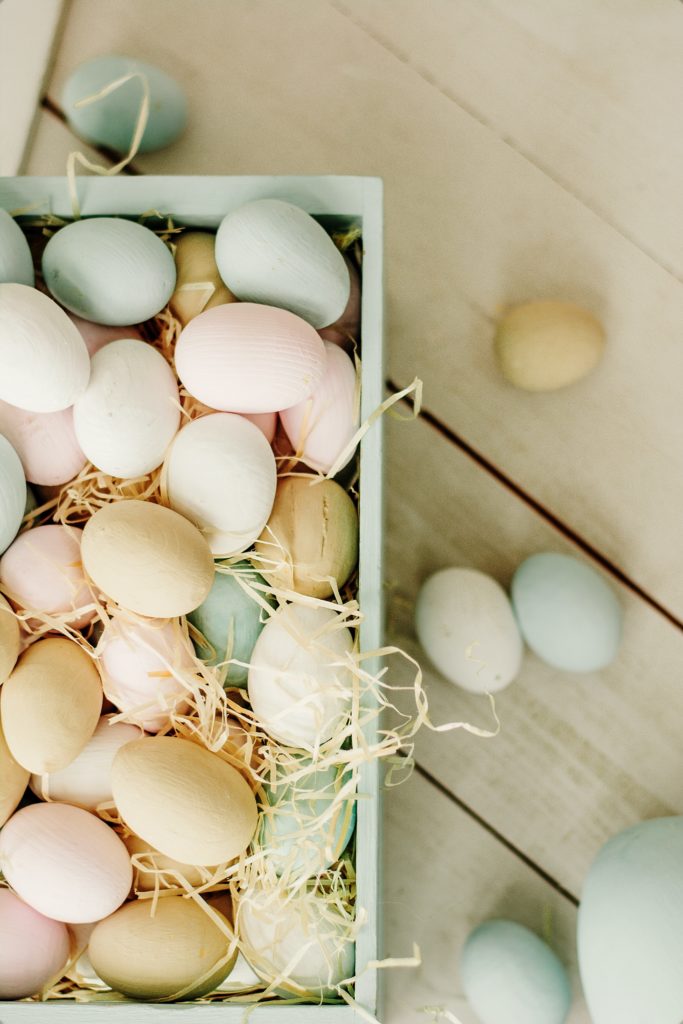
Spring Equinox Rituals and Traditions
The date of Easter depends on the Spring Equinox. Easter is celebrated on the first Sunday after the first full moon after the Spring Equinox. This is pretty interesting because the date is based on both lunar (moon) and solar (equinox) cycles.
Historically, Slavic tradition celebrated the death of their Winter goddess, Marzanna. Rituals were created to “drown” this goddess so that the Spring/ Summer comes back. An effigy was created and then destroyed to represent the changing of the winter into the Spring.
In Norse Paganism, a Dísablót is celebrated at the Spring Equinox. A Dísablót is a celebration of female deities and is thought to be performed primarily by women.
How to Celebrate Ostara
Your Ostara Celebration (Non-Ritual Celebration Options)
- Egg balancing: it’s said that on the equinox, you can easily balance an egg. It’s a fun tradition and symbolizes the balance between night and day.
- Egg hunts: Similar to Easter, you can hide eggs -either real, hard-boiled eggs or candy or fun-filled eggs. You can put anything in eggs- just make your decisions based on the people who are attending your celebration.
- Flower crowns- It’s really fun to create flower crowns- whether they are live flowers or silk flowers, creating flower crowns is a great way to celebrate Ostara. Flowers are beginning to bloom and while that’s exciting, some may decide to choose silk flowers because they can last longer and it’s not using live plants.
- Spring cleaning- Many of us feel very called to clean up our houses in the Spring. Part of it is that it might be so cold that you don’t want to leave your house or do much of anything. But something happens when you are not distracted by other things, and honestly, your eye might be drawn to issues that might need to be cleaned that you may not have paid attention to in the past.
Ostara Rituals
- Planting seeds (what you want to see bloom)- take seeds, bless them if you didn’t bless them at Imbolc, and then go ahead and plant them for the Spring.
- Rebirth rituals- Life, Death, and Rebirth cycles- Any sort of re-dedication is a great ritual option at this time of year. If you want to honor those who have passed in a sweet respectful way, this is a good opportunity.
- Rituals for renewal- renewing commitments (to spirituality, partnerships). It’s a good time for rededication, renewal, deciding to create a deeper connection with those in your life.
- Ostara is about flowers, and the celebration of bees -and also honey- is a great way to honor flowers and the first fruits.

Ostara Goddess
Who is Ostara?
Many Pagans talk about honoring the goddess Ostara, however, there’s a chance that the goddess never really existed. The root of the word Ostara comes from the goddess Eostre- the goddess of the dawn. This goddess may likely be an invention of Bede who mentioned festivals in her honor in one 8th century work. That’s it. That’s all of the history we have on Her.
However, so many people have honored her at Ostara, that some believe that from so many people with the same thinking and action, she may now exist.
Is Ostara Easter? No. She’s not Ishtar, either.
According to Britannica, there’s a consensus that the word Easter came from the Germanic work Eostrum, which was a translation of the Latin albus (meaning dawn). So, while the words Easter and Eostre share a historical root, they aren’t the same.
One piece of misinformation that comes about around Ostara is that Easter is the same as Ishtar. Ishtar was the Babylonian goddess of sex, war, and fertility. Her priestesses honored her through sacred prostitution. Eostre (or Ostara) is tied to dawn, rebirth, and the Spring. Along with Spring comes fertility, of course, but that’s really the only thing that ties the two together. Unless your belief system is one of soft polytheism, most see the two as very separate, distinct deities.
If Ostara may not be a goddess, and she’s not Ishtar, who can you honor during your Ostara ritual? If you consider Ostara or Eostre a goddess, feel free to honor Her. Alternatively, you may choose to honor goddesses associated with Spring, rebirth, balance, or flowers.
- Flora is a Roman goddess associated with flowers and the Spring. Floralia, a festival for her was held in April.
- Persephone is a Greek goddess associated with the coming of Spring. She spends the dark part of the year in the underworld with the god Hades and comes back to the surface to spend the light part of the year with her mother, Demeter.
- Idunn, a Norse goddess, is a goddess that is associated with apples, rejuvenation, and the fountain of youth.
- Freya is another Norse goddess associated with beauty and fertility and love.
- Lada is another goddess only mentioned a few times throughout history. She’s a Slavic goddess who was honored during Spring festivals.
Foods for Your Ostara Celebration
Prepping for your Ostara feast? The easiest way to choose foods for seasonal celebrations is by looking at what is in season where you live. This not only honors the season but helps align you with the energy of the earth and Her seasons.
If honoring a god or goddess, another way to choose food is to learn what used to be offered to them, or eaten during their historical festivals.
Besides these, other foods of Ostara include eggs, spring greens, honey, and edible flowers.
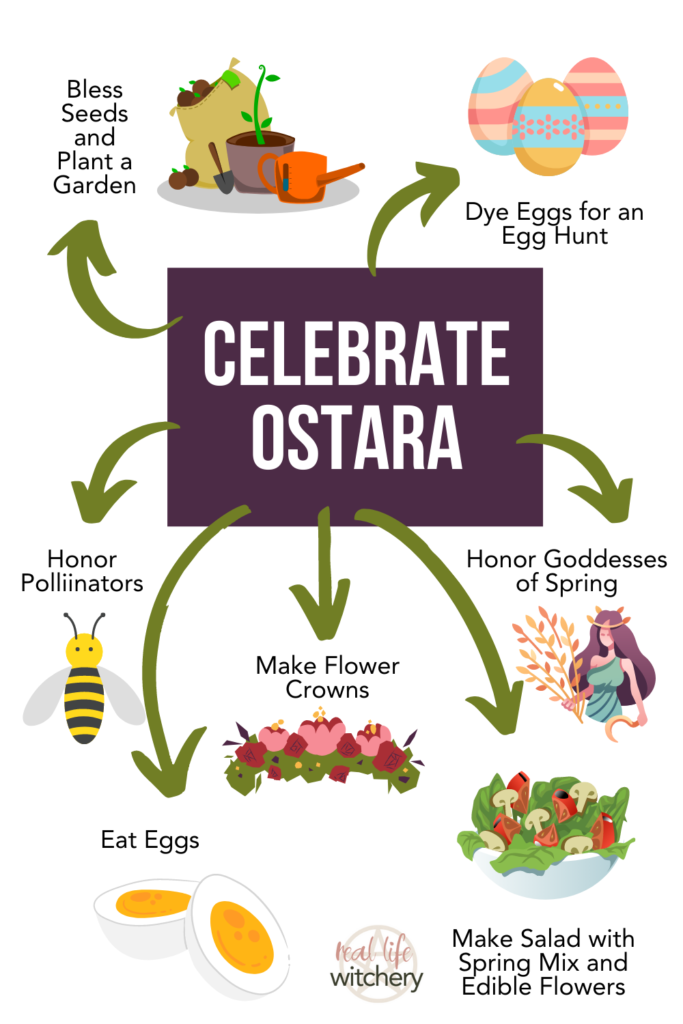
Other Symbols of Ostara
Colors: pastel colors- think of flowers! What flowers bloom in our around your space?
Symbols: eggs, flowers, bees, hares, seeds
Crystals: crystals with relaxing energy but also associated with rebirth and creation- clear quartz, amazonite, moonstone, blue kyanite, aventurine.
Happy Ostara
Regardless of how you design your celebration, hope your event rewards you with the renewal of the Spring and balance of the equinox.
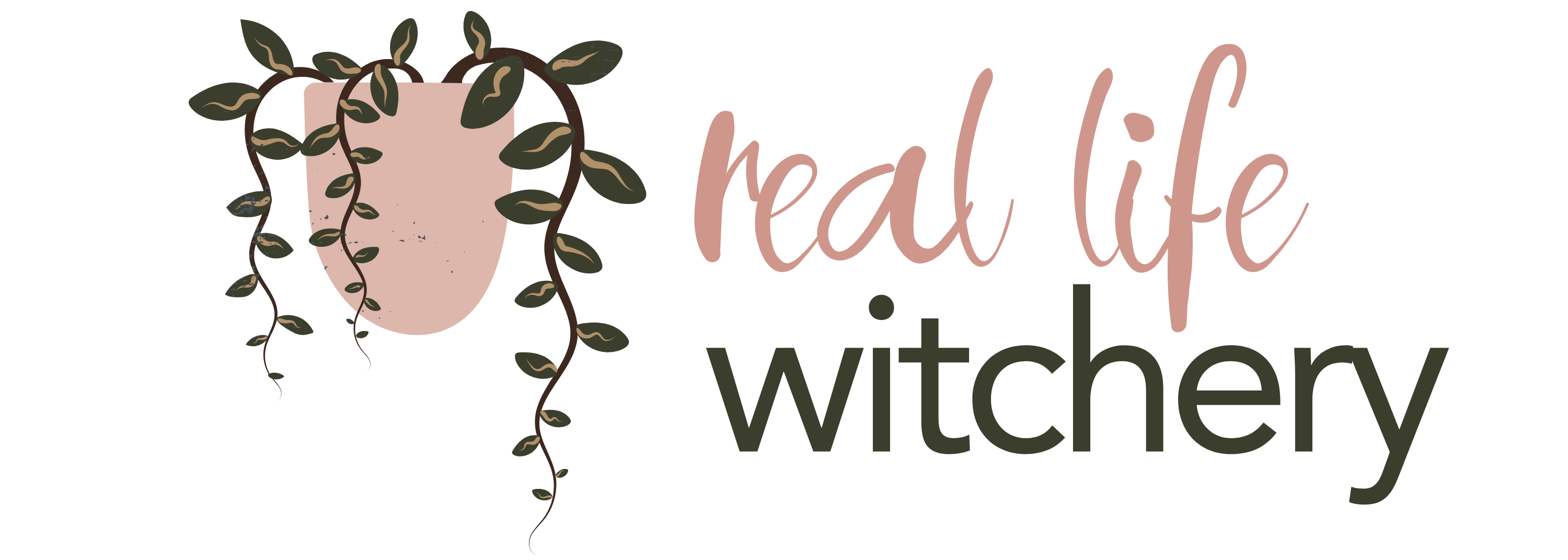
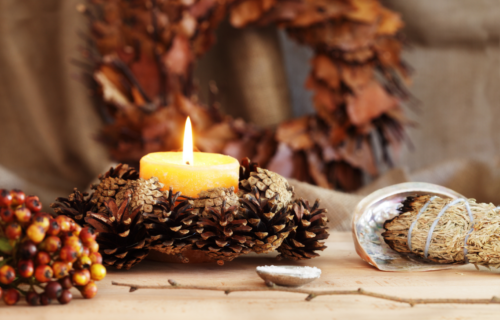
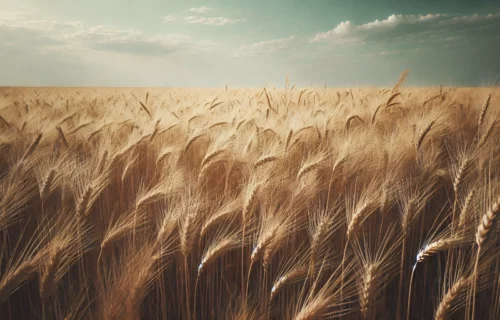
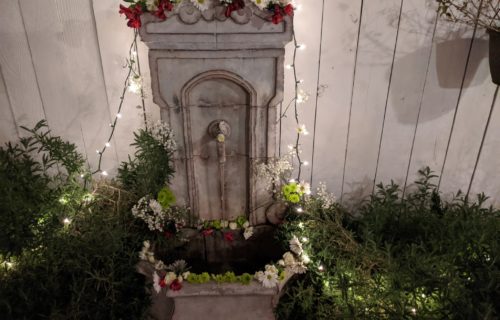
Add A Comment